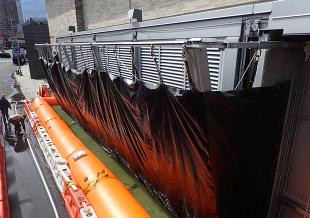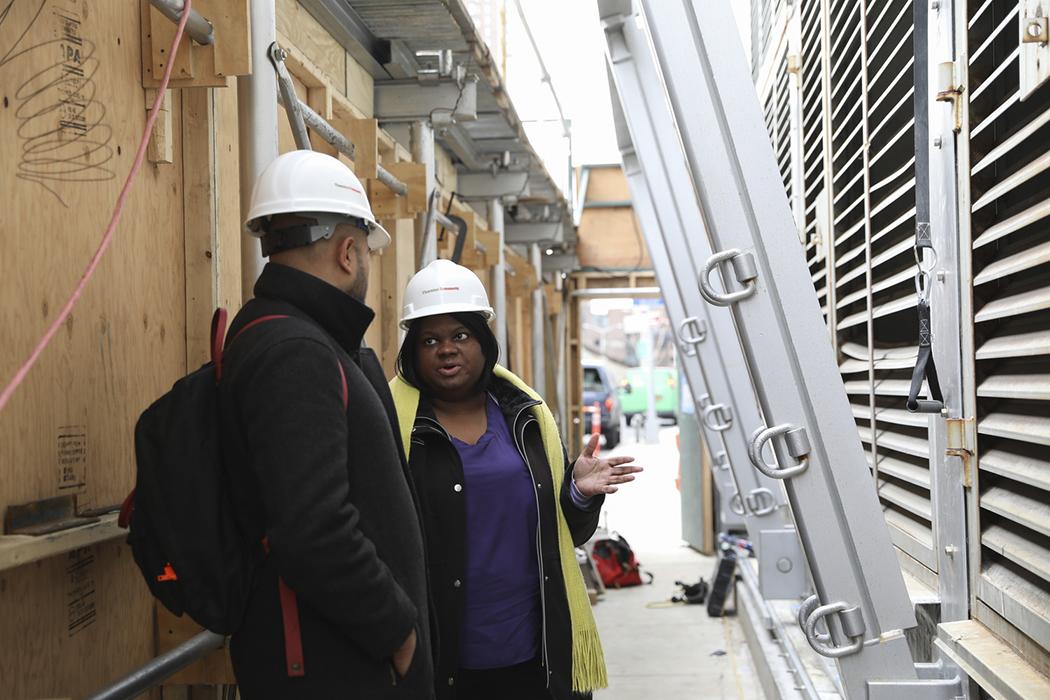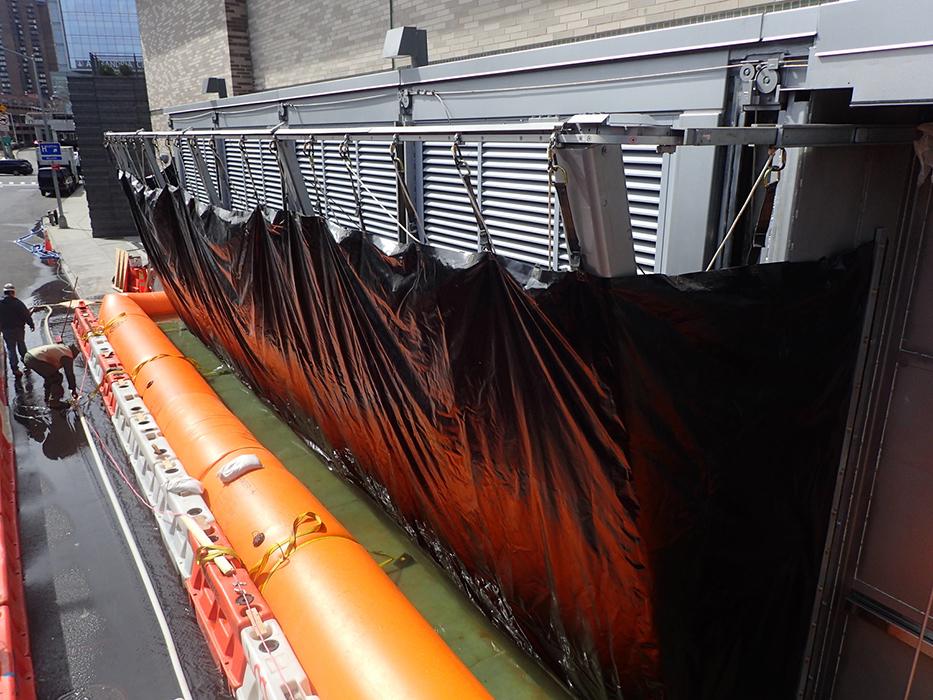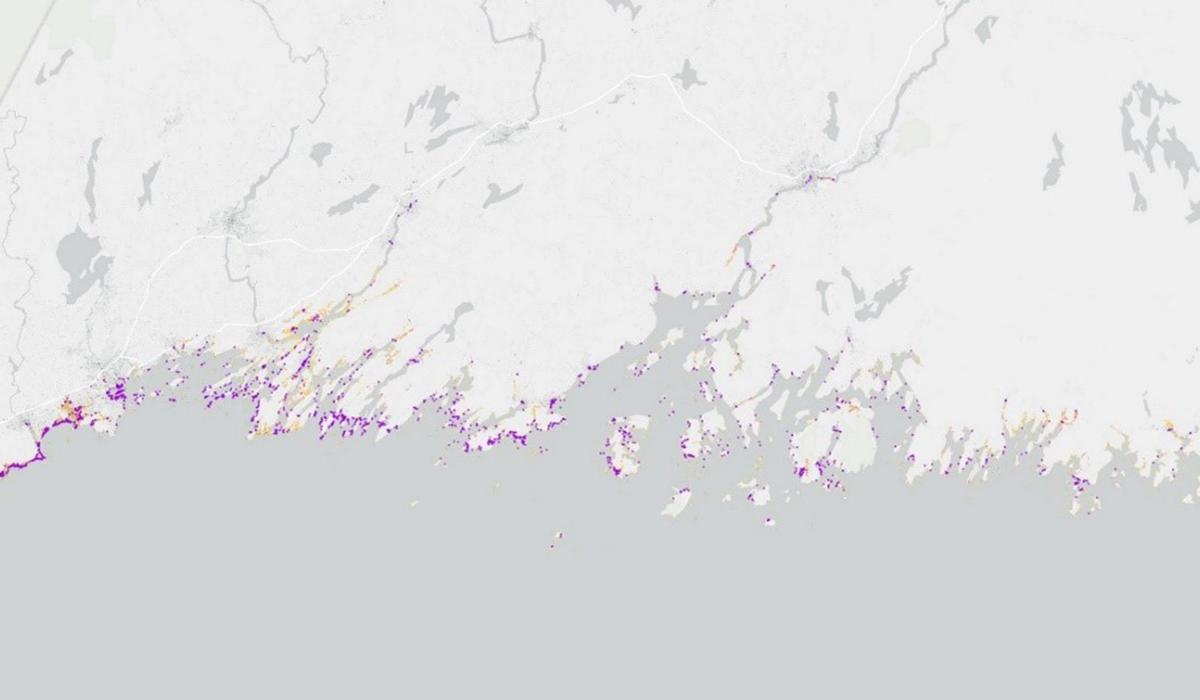News | Thought Leadership
Climate Action: Resilient Infrastructure

 Thornton Tomasetti
Thornton Tomasetti
Resilient and reliable infrastructure is crucial to keeping community services and critical systems functioning. Infrastructure improvements and maintenance that look to the future can help us guard against natural, climatic and human threats. This week in our continuing series showcasing how engineers and scientists can play a key role in addressing the short- and long-term challenges of climate change, we look at the iterative process involved in risk and resilience evaluations for infrastructure, with a focus on climate risk assessments, stakeholder engagement, recovery-based design and resilience strategy development.
Resilient and reliable infrastructure is essential to our communities, providing not only critical services like potable water, sewer, electricity and communications utilities, but also transportation means through our bridges, roadways, airports and railway networks.
In recent years, President Biden signed Executive Order (EO) 14057: Catalyzing Clean Energy Industries and Jobs Through Federal Sustainability, which promotes U.S. federal government net-zero energy targets for 2035 and 2050 and climate resilient infrastructure and operations in direct response against the global effects of climate change. In implementing this EO policy, there are specific goals to reduce scope 1, 2 and 3 greenhouse gas emissions, increase energy and water efficiency and minimize waste, among others.
We can help our clients respond to these requirements through decarbonization and circularity consulting, the promotion of sustainable materials and strategies and implementation of resilience plans for the built environment to enable critical services to bounce back quickly following disruption.
The process for evaluating the risk and resilience of our global infrastructure is the same as described in previous thought leadership posts, namely:
- Begin with a climate risk assessment to evaluate site-specific impacts and vulnerabilities to future-projected climate and earth hazards.
- Meet with relevant stakeholders through workshops and guided discussions to understand needs, expectations and establish goals to promote climate equity.
- Develop a recovery-based design approach that seeks to go beyond code-based minimums to meet the desired performance objectives.
- Incorporate the above findings into the development of resilience strategies that seek to future-proof the infrastructure over short, medium and long-term planning horizons.
This process is iterative in nature, just like a conventional design approach, with a comparison of performance metrics with stakeholder’s expectations. By cycling through the above steps, we can help owners, public agencies and governments safeguard their critical infrastructure against both natural hazards and climate change along with human-induced threats.
Two examples of resilient infrastructure capabilities are as follows:
Prioritizing portfolio-level improvements
When assessing an area-wide infrastructure network, it can be difficult to understand where the most at-risk components exist. Engineers and designers can help identify where threats and hazards may impact the normal functioning of area-wide infrastructure and how owners, governments and operators may prepare to withstand and adapt to these evolving threats and hazards, including aging infrastructure stock. We do this through the process of mapping climate hazard data at a neighborhood or municipal level and leveraging GIS to determine the infrastructure components most vulnerable to future climate change and how those vulnerabilities may change over time.
We then take a multi-disciplinary approach to help prioritize budgetary considerations, identifying assets that require attention first. Then a plan is developed for climate action and hazard and threat mitigation over the short, medium and long-term. Our holistic approach includes identifying dependencies amongst infrastructure systems to detect cascading effects and locations where redundancy should also be considered.
Maintaining critical operations
Achieving resilient infrastructure in practice involves designing, constructing and managing systems that can adapt to various disruptions, including extreme weather events. Innovative design approaches are key to accommodating for unforeseen events as solutions are never “one size fits all”. Proper investment in maintenance and upkeep of these strategies is also necessary to ensure the longevity and functionality required for these resilient investments.
At a local hospital research center, we provided flood mitigation design and construction services as part of the perimeter campus flood mitigation strategy to protect against the 500-year return period storm surge event plus an allowance for sea level rise and other climatic changes in the future.
The research center’s electrical equipment is a critical component for maintaining continued business operations during a future storm event. We worked together with flood barrier manufacturers to develop a custom flood barrier solution at the electrical switchgear locations that allows for the required ventilation while also preventing floodwater inundation—not an easy task! The resulting custom barrier is stored at the point-of-use and is pulled across the ventilation louvers not dissimilar to a shower curtain. We then conducted in-situ robust testing procedures to ensure correct barrier installation and provided an operations, maintenance and testing plan for long-term use by the owner.
Climate change is one of the biggest challenges facing our society. And because it affects everyone, it demands our creativity, passion and collaboration to build a better, more enduring world. See how Thornton Tomasetti is one of the only firms with the expertise to help you think holistically about a range of steps to address climate change.



